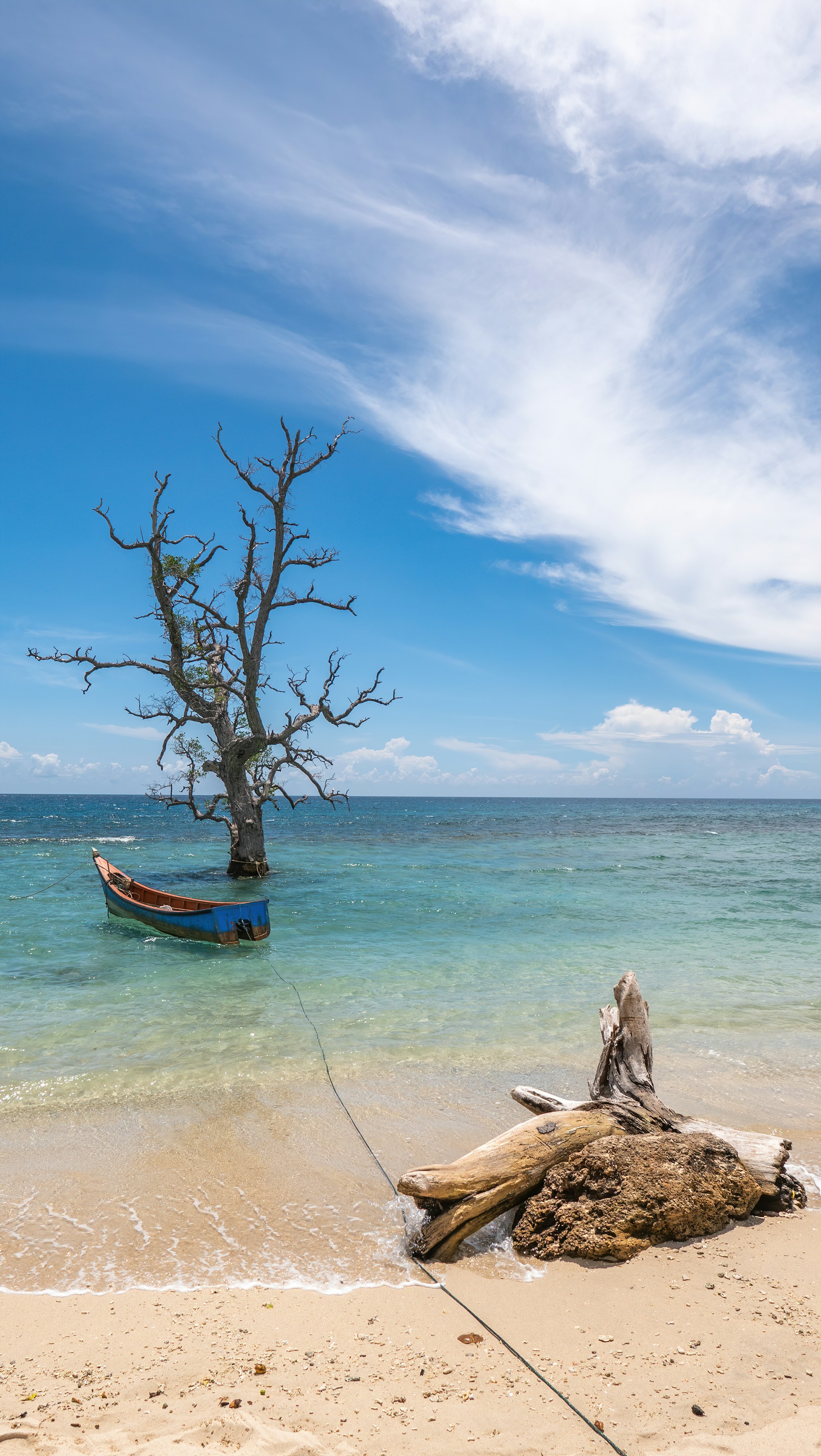Kiribati Climate Guide: Ideal Weather Months & Seasons

Kiribati Climate Guide: Ideal Weather Months & Seasons
Kiribati, a breathtaking island nation located in the central tropical Pacific Ocean, is known for its stunning natural beauty and warm, tropical climate. If you're planning a trip to Kiribati, it's important to understand the weather patterns and ideal times to visit. Here is a comprehensive climate guide to help you plan your trip:
Climate Overview
Kiribati enjoys a tropical maritime climate, characterized by warm temperatures, high humidity, and a relatively constant sea breeze. The islands experience two distinct seasons - a wet season and a dry season.
Dry Season: November to March
The dry season in Kiribati extends from November to March, when the islands receive less rainfall. During this period, temperatures range from 28°C to 32°C (82°F to 90°F), making it an ideal time to visit if you enjoy warm and sunny weather.
The dry season is perfect for outdoor activities such as sunbathing, snorkeling, and exploring the beautiful coral reefs. The clear skies and calm waters provide excellent visibility for underwater adventures.
However, it's worth noting that the dry season also brings occasional tropical storms and cyclones. While these events are relatively rare, it's important to stay informed about weather conditions and heed any warnings issued by local authorities.
Wet Season: April to October
The wet season in Kiribati spans from April to October. During this time, the islands experience higher levels of rainfall and occasional thunderstorms. Despite the increased precipitation, temperatures remain warm, ranging from 25°C to 30°C (77°F to 86°F).
The wet season offers its own unique charm, as the rain brings vibrant greenery to the islands and provides a refreshing break from the heat. It's a great time to witness the lush landscapes and enjoy water sports such as fishing and sailing.
The wet season is also a popular time for birdwatching enthusiasts, as migratory birds flock to the islands during this period.
Monthly Climate Guide
Here is a monthly breakdown of the climate in Kiribati:
| Month | Season | Humidity | Temperature | Sun Hours | Rainfall (mm) |
|---|---|---|---|---|---|
| January | Dry season | High | 28-32°C (82-90°F) | 7 | 170-180 |
| February | Dry season | High | 28-32°C (82-90°F) | 7 | 170-180 |
| March | Dry season | High | 28-32°C (82-90°F) | 7 | 170-180 |
| April | Wet season | High | 25-30°C (77-86°F) | 7 | 250-260 |
| May | Wet season | High | 25-30°C (77-86°F) | 6 | 300-320 |
| June | Wet season | High | 25-30°C (77-86°F) | 6 | 300-320 |
| July | Wet season | High | 25-30°C (77-86°F) | 6 | 300-320 |
| August | Wet season | High | 25-30°C (77-86°F) | 7 | 300-320 |
| September | Wet season | High | 25-30°C (77-86°F) | 7 | 250-260 |
| October | Wet season | High | 25-30°C (77-86°F) | 7 | 250-260 |
| November | Dry season | High | 28-32°C (82-90°F) | 7 | 170-180 |
| December | Dry season | High | 28-32°C (82-90°F) | 7 | 170-180 |
When planning your visit to Kiribati, consider the specific weather conditions for each month and adjust your activities accordingly. Remember to pack appropriate clothing and gear to make the most of your trip.
Now that you have a better understanding of Kiribati's climate, it's time to embark on your tropical adventure and explore the enchanting beauty of this unique island nation!
function initMap() { const coordinates = { lat: -3.3704, lng: -168.7340 }; const map = new google.maps.Map(document.getElementById("map"), { center: coordinates, zoom: 8, }); const marker = new google.maps.Marker({ position: coordinates, map: map, }); }
